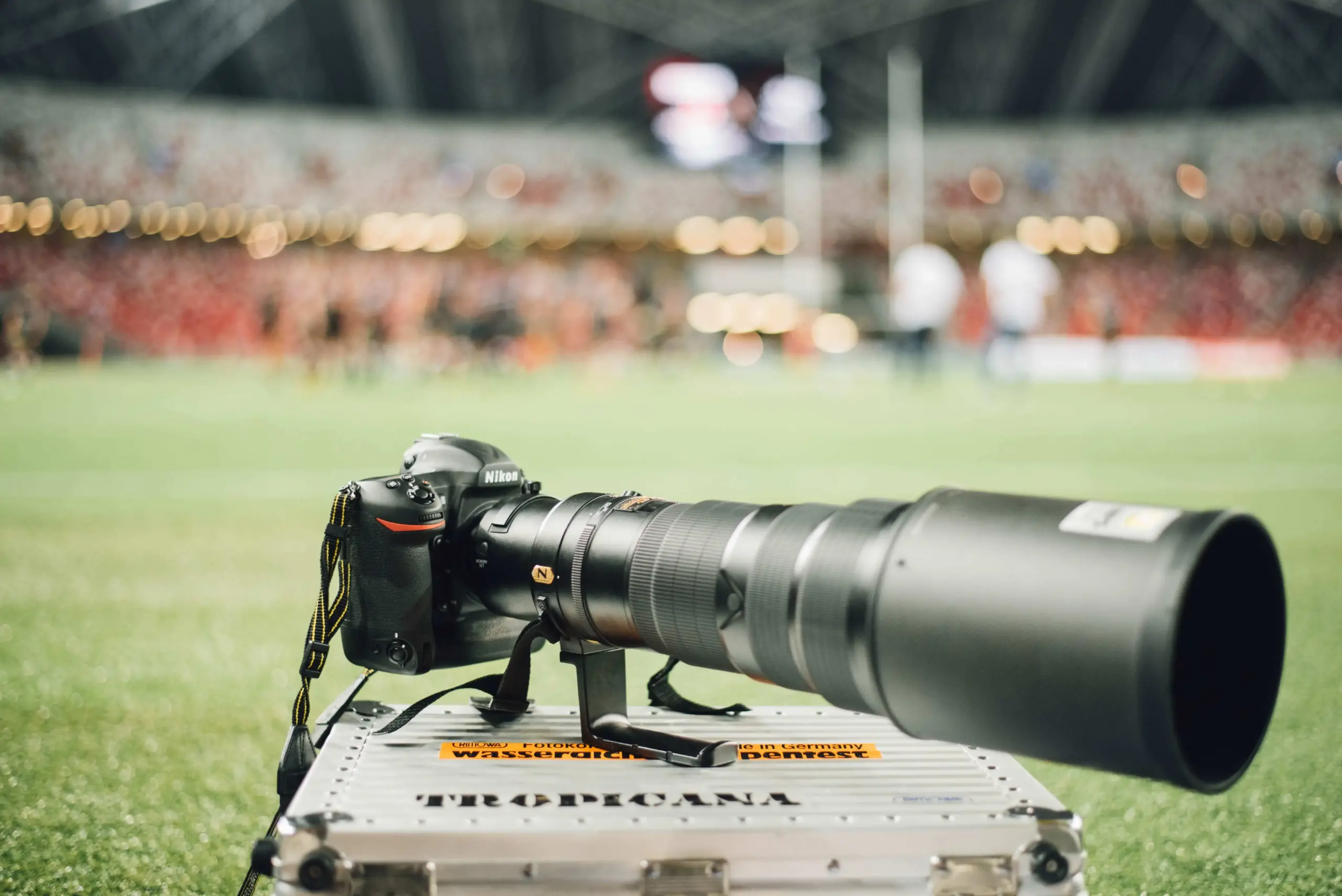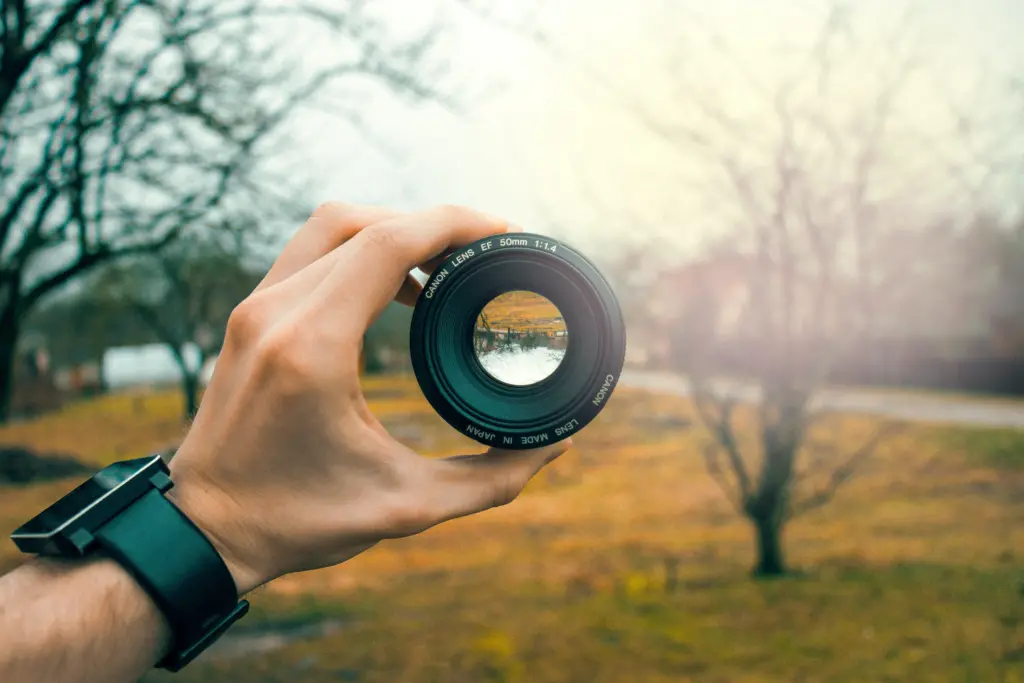Nikon has long been renowned for its exceptional range of telephoto lenses, enabling photographers to capture stunning images with incredible reach and detail. Whether you’re an amateur enthusiast or a professional photographer, understanding the benefits and features of the Nikon telephoto lens can significantly enhance your photography skills.
In this article, we will delve into the world of Nikon telephoto lenses, exploring their capabilities, guiding you through the selection process, and providing valuable tips for shooting with these remarkable lenses.
Are you Hurry? Then check out below!
You might be in a hurry or might not have enough time to read our full detailed Article. So, here we have given you our top pick for the best Nikon telephoto lens which is the Nikon AF-S FX 70-200mm f/2.8 ED VR II Zoom Lens
This Nikon AF-S FX 70-200mm f/2.8 ED VR II Zoom Lens is perfect for Professional photographers, and Wildlife photographers.
The Nikon AF-S FX 70-200mm f/2.8 ED VR II Zoom Lens is a highly regarded telephoto zoom lens known for its exceptional performance.
Buying guide for Nikon telephoto lens
Certainly! Here’s a buying guide for Nikon telephoto lenses to help you make an informed decision:
- Determine your needs: Consider the type of photography you’ll be primarily engaged in. Whether it’s sports, wildlife, portraits, or astrophotography, your specific requirements will influence the choice of lens.
- Focal Length: Telephoto lenses come in a variety of focal lengths. Decide on the range that suits your needs. For instance, a 70-200mm lens is versatile for general telephoto photography, while a 400mm or 600mm lens offers greater reach for distant subjects.
- Maximum Aperture: The maximum aperture of a lens affects its low-light performance and depth of field control. A wider aperture, such as f/2.8, allows for better performance in dimly lit conditions and greater subject separation. However, lenses with wider apertures tend to be more expensive and heavier.
- Compatibility: Ensure that the lens you choose is compatible with your Nikon camera model. Nikon offers lenses for both DSLR and mirrorless systems, so be mindful of the lens mount (F-mount for DSLRs and Z-mount for mirrorless cameras).
- Image Stabilization: Nikon lenses often feature Vibration Reduction (VR) technology, which helps to minimize camera shake and produce sharper images. Consider if image stabilization is crucial for your shooting style, especially if you’ll be handholding the lens frequently.
- Reviews and Research: Read reviews from reputable sources, including professional photographers and photography websites. Pay attention to factors such as image quality, autofocus performance, and build quality.
- Consider Used or Third-Party Options: If budget is a concern, you may explore the used lens market or consider third-party lens manufacturers such as Sigma or Tamron. These alternatives can offer good quality and sometimes even extra features at a lower price point.
Top 5 Best F-Mount Nikon Telephoto Lens
When it comes to telephoto lenses, Nikon has a stellar reputation for producing high-quality optics that capture extraordinary shots. If you’re a Nikon DSLR user with an F-mount camera, here are the top 5 F-Mount Nikon telephoto lenses that will elevate your photography to the next level.
- Nikon AF-S DX 55-200mm f/4-5.6 ED VR II Zoom Lens
- Nikon AF-S FX 70-200mm f/2.8 ED VR II Zoom Lens
- Nikon AF-S DX 85mm f/3.5 ED VR Prime Lens
- Nikon AF-S DX 18-300mm f/3.5-6.3 ED VR Zoom Lens
- Nikon AF-S FX 105mm f/1.4 ED Prime Lens
These top 5 F-Mount Nikon telephoto lenses provide a range of options to suit different photography needs. Whether you’re capturing sports, wildlife, or portraits, investing in one of these lenses will enable you to capture extraordinary shots with exceptional detail and reach.
Top 5 best Z-Mount Nikon Telephoto Lens
- Nikon Z DX 50-250mm f/4.5-6.3 VR Zoom Lens
- Nikon Z 70-200mm f/2.8 Zoom Lens
- Nikon Z 105mm f/2.8 VR Prime Lens
- Nikon Z 24-200mm f/4-6.3 VR Zoom Lens
- Nikon Z 100-400mm f/4.5-5.6 VR S Zoom Lens
Lens Recommendations for Different Photography Styles
- Wildlife Photography: For capturing wildlife in its natural habitat, Nikon offers telephoto lenses like the AF-S NIKKOR 200-500mm f/5.6E ED VR and the AF-S NIKKOR 600mm f/4E FL ED VR. These lenses provide excellent reach, image stabilization, and image quality, allowing you to capture stunning wildlife shots.
- Sports Photography: Sports photographers require lenses with fast autofocus, quick tracking capabilities, and a suitable focal length range. The Nikon AF-S NIKKOR 70-200mm f/2.8E FL ED VR is a popular choice for capturing sports events due to its versatility and superior optics.
- Portrait Photography: For creating captivating portraits, consider lenses like the Nikon AF-S NIKKOR 85mm f/1.8G or the Nikon AF-S NIKKOR 105mm f/2.8G VR Micro. These lenses offer a flattering focal length and wide apertures, allowing you to achieve beautiful background blur and sharp subject focus.
Maintaining and Caring for Your Nikon Telephoto Lens
To ensure the longevity and optimal performance of your Nikon telephoto lens, follow these maintenance tips:
- Cleaning and Storage Tips: Use a lens cleaning kit to remove dust, fingerprints, and smudges from the lens elements. Store your lens in a clean, dry place, preferably in a padded lens case or bag.
- Lens Maintenance Best Practices: Avoid exposing your lens to extreme temperatures, excessive humidity, or harsh environments. Use lens caps and filters to protect the front and rear lens elements from scratches and dust.
What is a Telephoto Lens?
A telephoto lens is a type of camera lens that has an extended focal length, allowing you to capture distant subjects with exceptional clarity and magnification. Unlike standard lenses, telephoto lenses offer a narrower field of view, enabling you to focus on specific subjects, even when they are far away. With a telephoto lens, you can bring far-off objects closer, making them appear larger and more detailed in your photographs.
FAQs
1. What is the maximum focal length of a Nikon telephoto lens?
The maximum focal length varies depending on the lens model. Nikon offers telephoto lenses with focal lengths ranging from 200mm to 800mm and beyond.
2. Can I use a telephoto lens for portrait photography?
Yes, telephoto lenses can produce stunning results in portrait photography. They allow you to achieve a shallow depth of field, isolate your subject, and create a beautiful background blur.
3. Are Nikon telephoto lenses compatible with all Nikon camera models?
Nikon telephoto lenses are designed to be compatible with Nikon DSLR and mirrorless camera models. However, it’s essential to check the compatibility of specific lenses with your camera before making a purchase.
4. How do teleconverters affect the performance of a telephoto lens?
Teleconverters are accessories that increase the focal length of a lens. While they extend the reach of a telephoto lens, they may slightly reduce the overall image quality and maximum aperture.
5. Can I use a telephoto lens for wildlife photography?
Absolutely! Telephoto lenses are widely used in wildlife photography to capture animals from a safe distance while maintaining excellent detail and magnification.
Conclusion: Best Nikon telephoto lens
Nikon telephoto lenses open up a world of possibilities for photographers, allowing them to capture extraordinary shots with exceptional detail and reach. By understanding the benefits, features, and considerations associated with Nikon telephoto lenses, you can make informed decisions when selecting and utilizing these remarkable tools. Whether you’re capturing wildlife, sports, or portraits, Nikon offers a diverse range of telephoto lenses to suit your specific needs and unleash your creative potential.
Why not check our Blogs on the 5 best camera lens cleaning kit under $20 or Nikon film camera for more great tips?
Disclaimer: In the name of full transparency, please be aware that this blog post contains affiliate links and any purchases made through such links will result in a small commission for me (at no extra cost to you).













